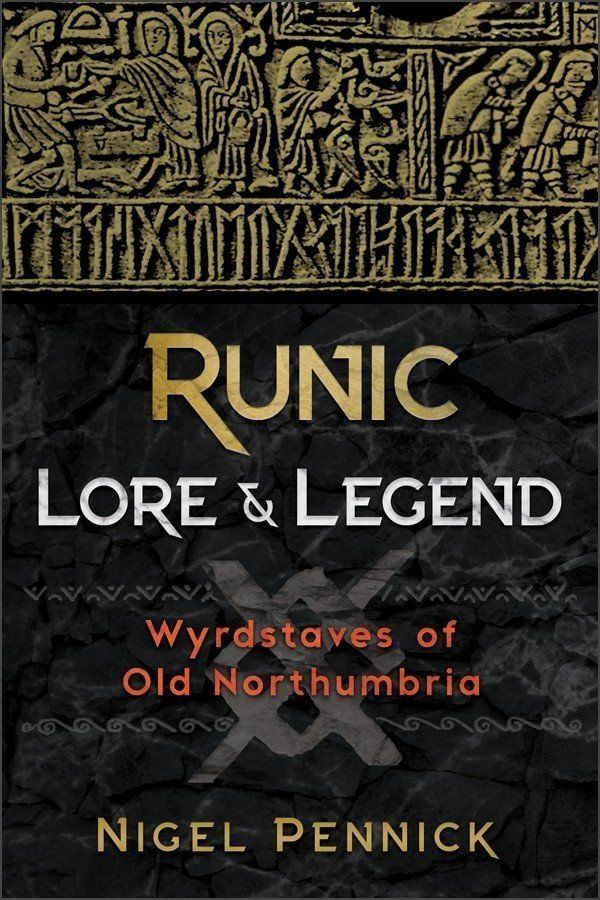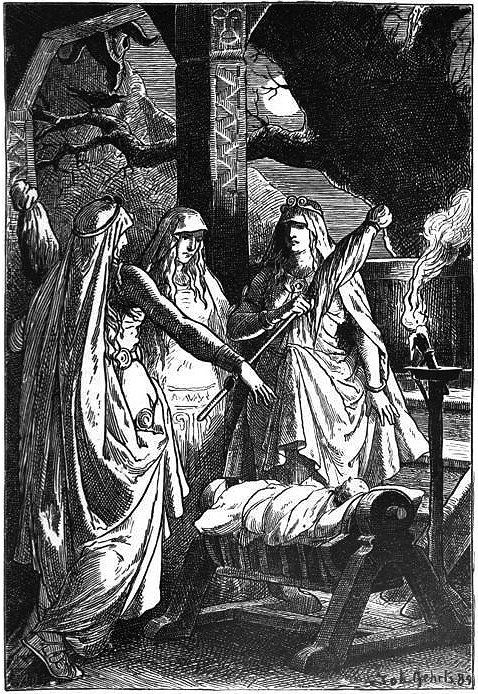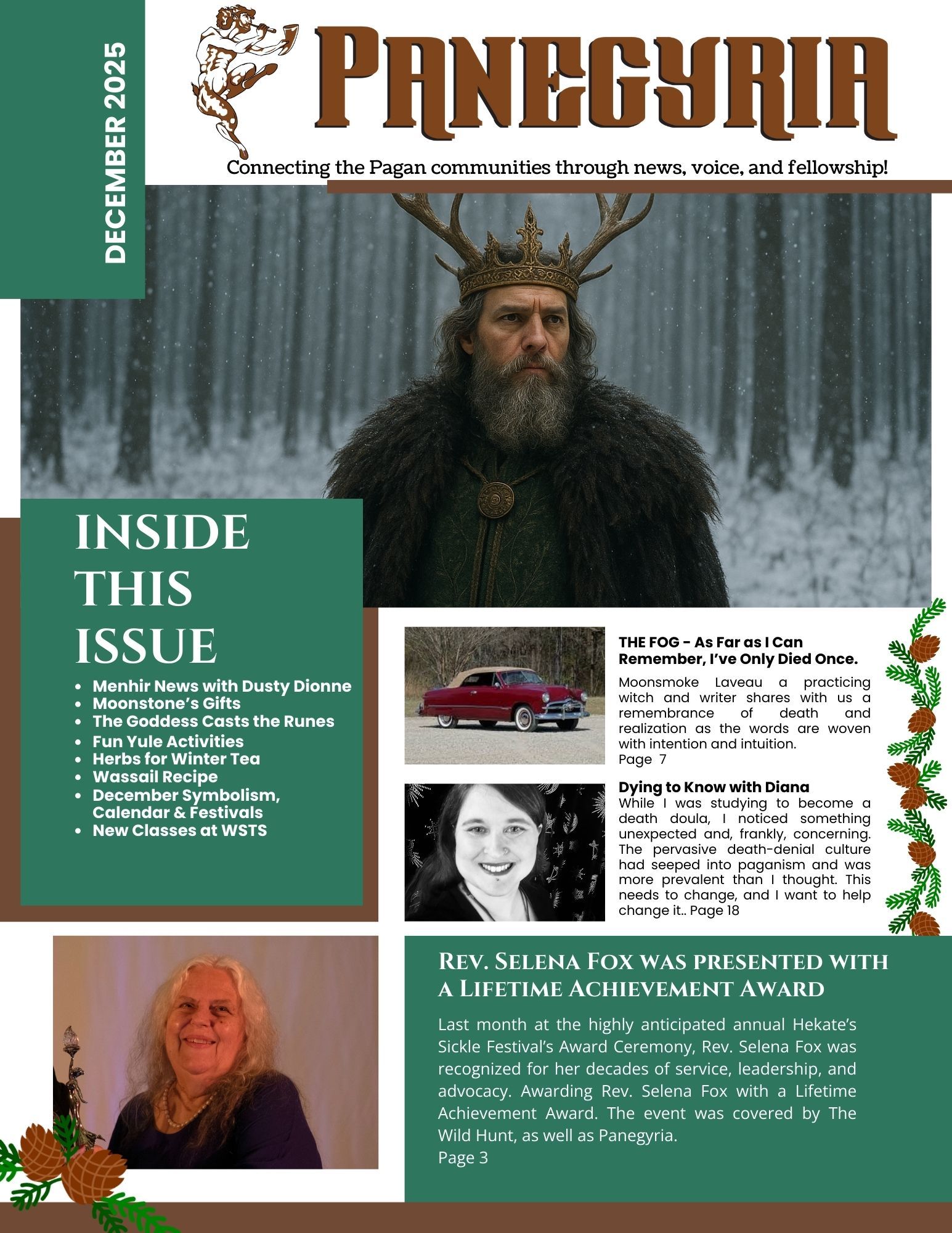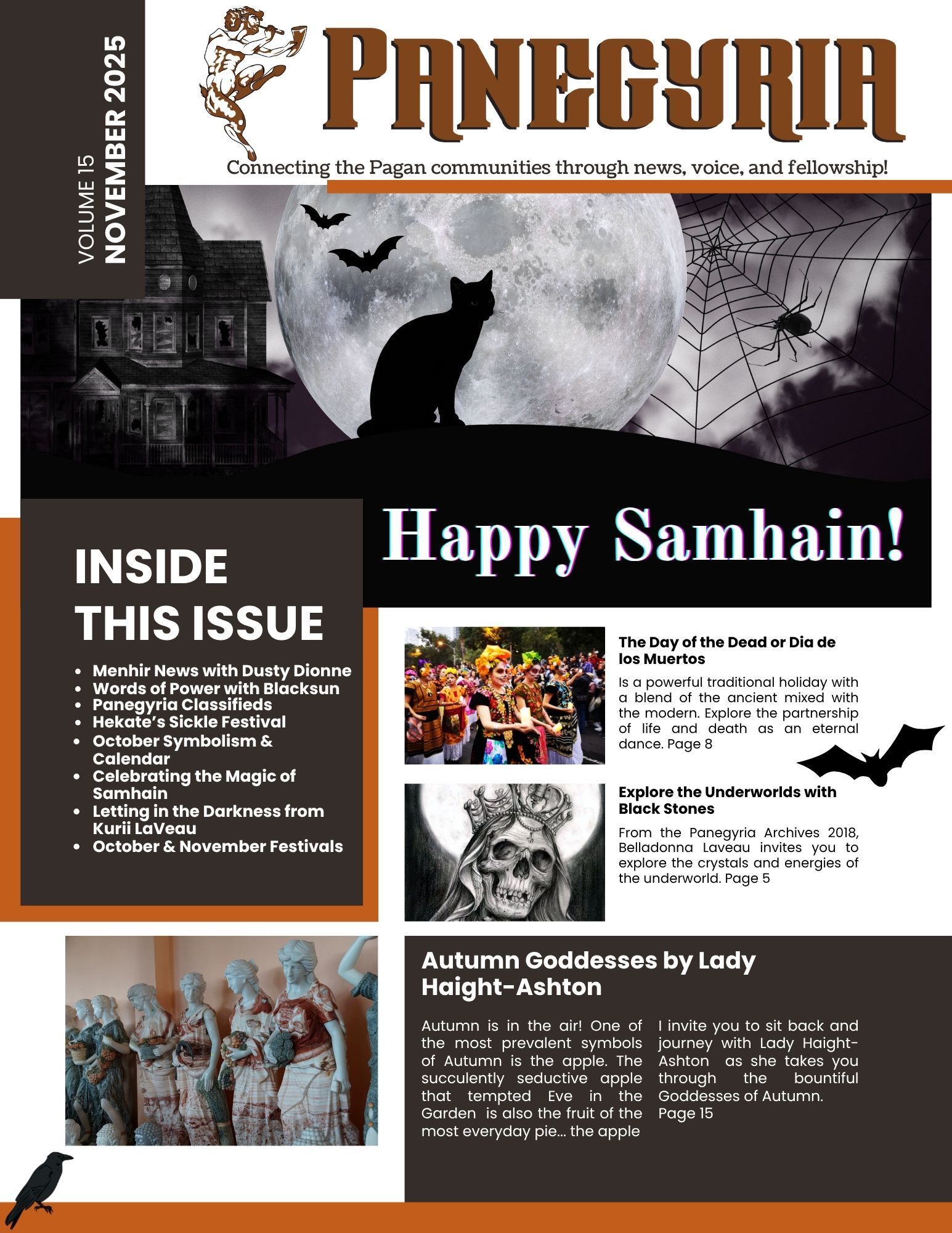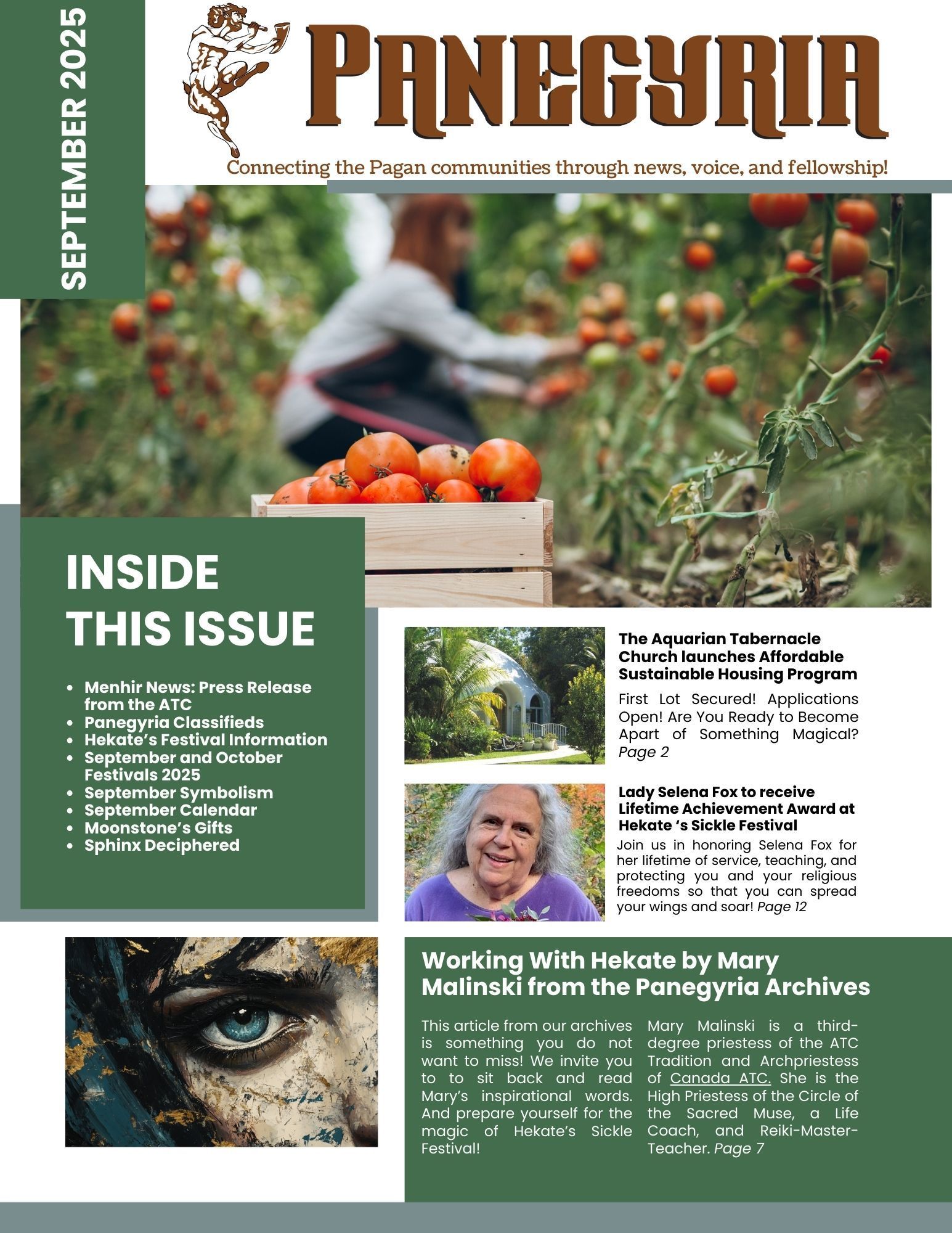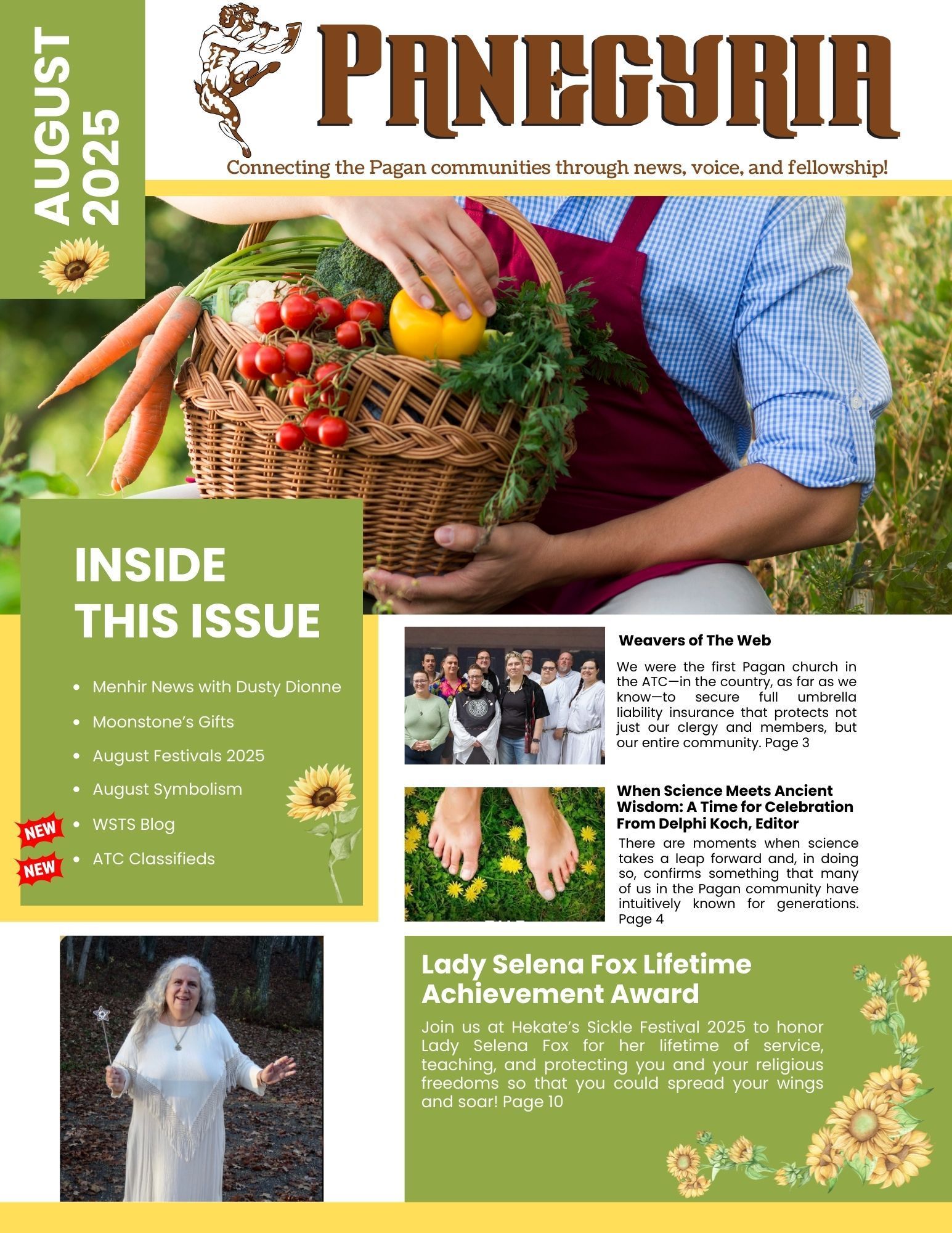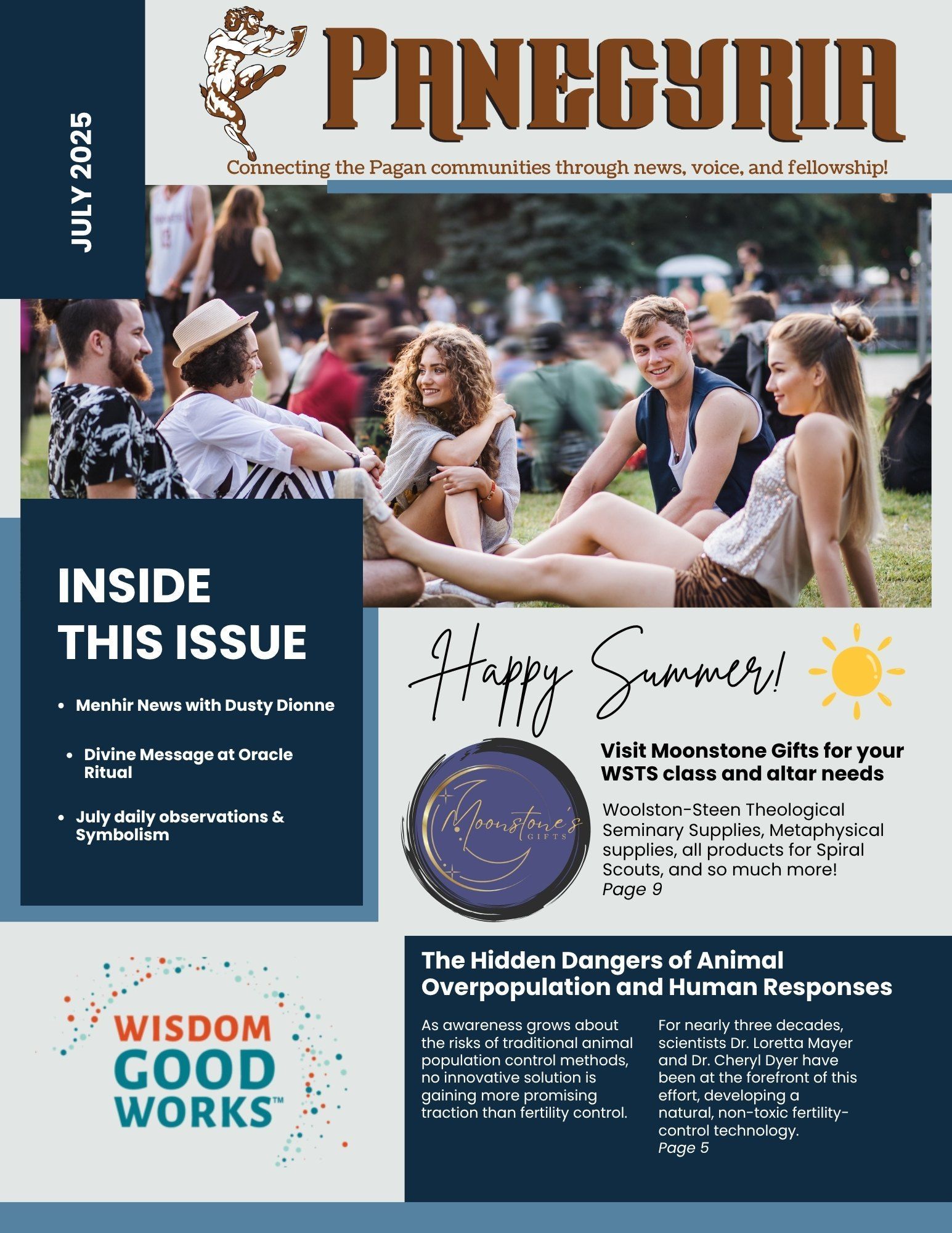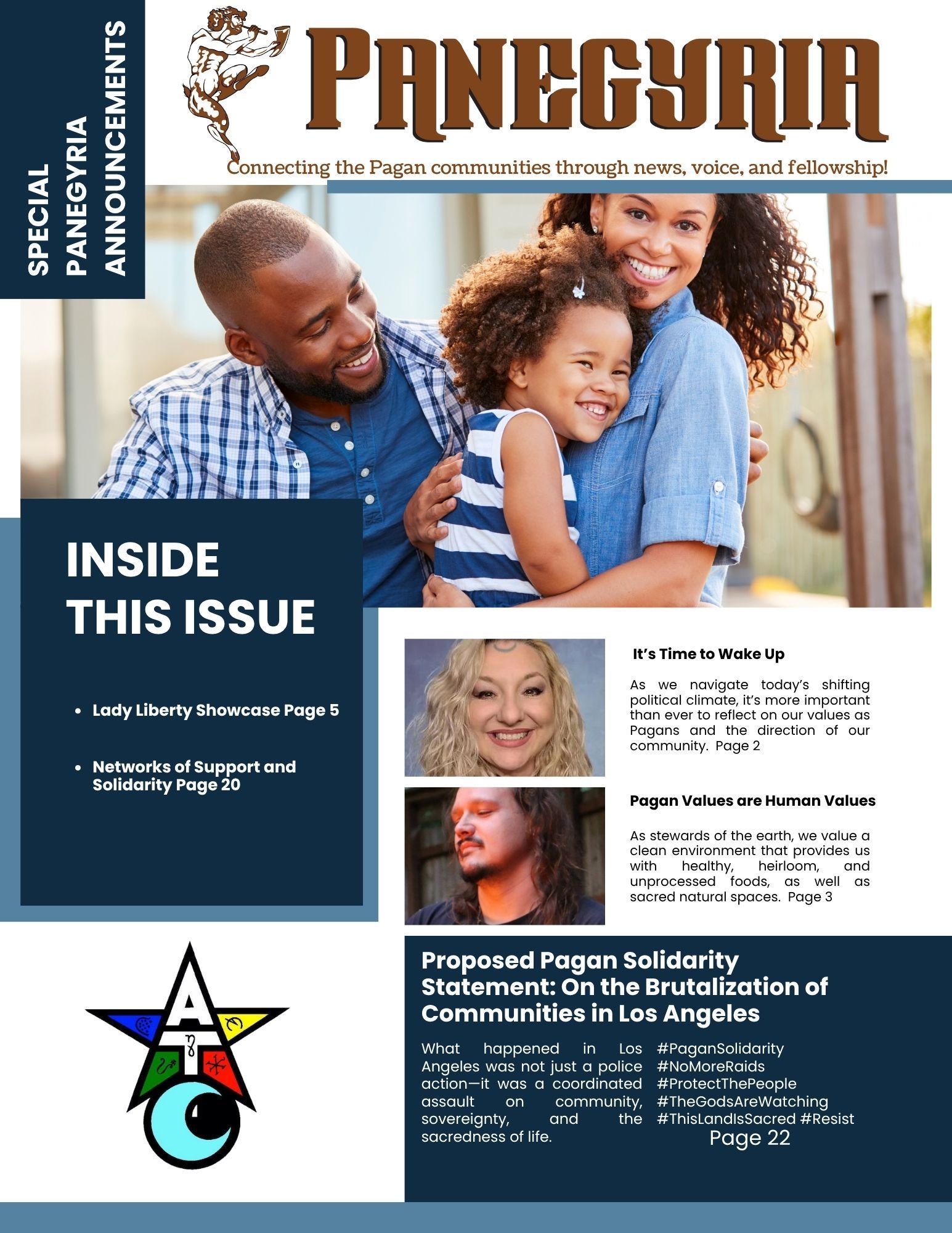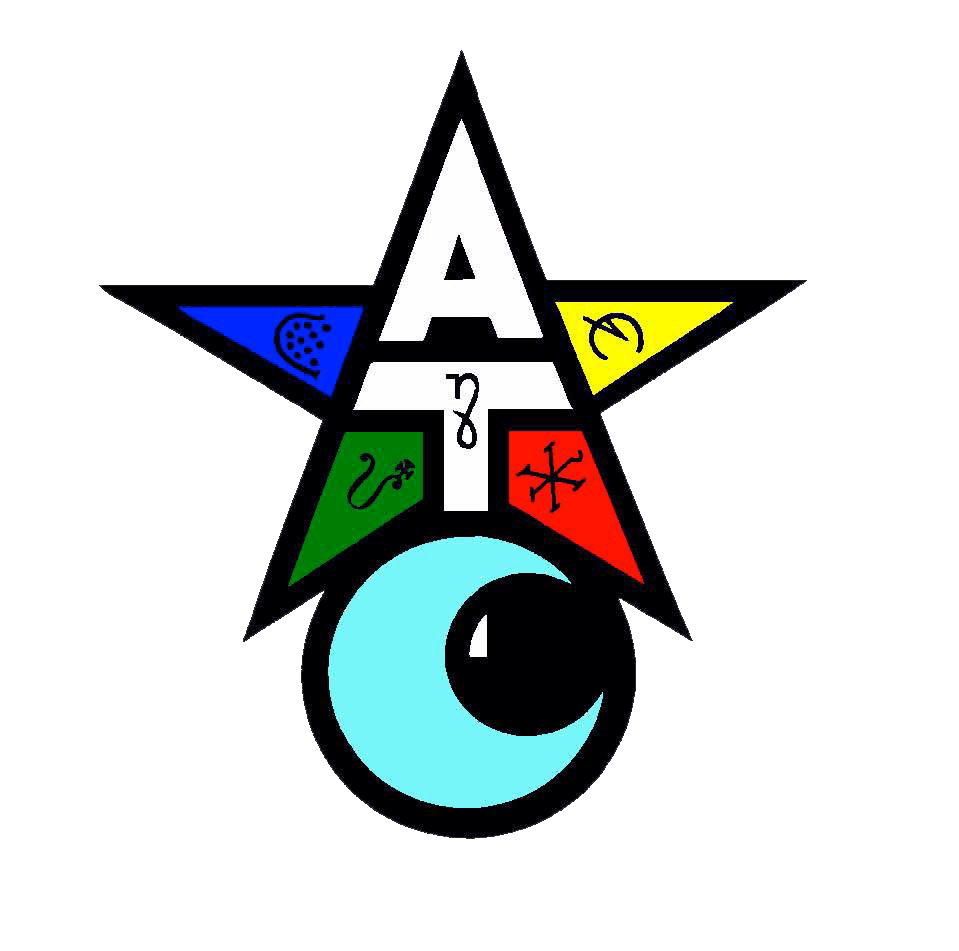New Book: Runic Lore & Legend by Nigel Pennick
“I’ve been referring to Pennick’s books for years when I need a fact or an example of some interesting early magic to cite in my books and blogs.”
Barbara Ardinger, Ph.D., author of Pagan Every Day and Secret Lives
Revised Edition of Wyrdstaves of the North
Runic Lore and Legend
Wyrdstaves of Old Northumbria
Nigel Pennick
ISBN: 9781620557563, January 2019
Also available as an eBook
176 pages, 6 x 9 / 65 B&W illustrations
Destiny Books
BOOK ANNOUNCEMENT
This is a guide to the Anglo-Saxon Futhark and how runes were used in Old England. An authority on ancient belief systems, traditions, runes, and geomancy, Nigel Pennick is the author of several books, including The Sacred World of the Celts, Secret Games of the Gods, and The Ancient Science of Geomancy. He lives near Cambridge, England, where he follows the oral tradition and Pagan lore of his native East Anglia.
Excerpt - Chapter 4
Runes and Consciousness: Weaving the Web of Wyrd
The Northern Tradition worldview of the people who founded Northumbria sees human existence as part of a worldwide fabric of people, things, and events traditionally called the Web of Wyrd. The Old English word wyrd is derived from the verb weorðan, which means “to become” or “to come to pass.” It is cognate with the Latin verb vertere, “to turn.” We talk about how events have turned out; and Wyrd means an individual’s fate, position in the world, or destiny. But this Northern Tradition concept does not mean life is predestined. Here the warp of the woven fabric of the Web of Wyrd is seen as time and events, while the weft is composed of individual human acts. As the process of weaving the web continues, the pattern of interactions of the threads, which are lives and events, irreversibly come together. Even the gods are subject to Wyrd, in both the Northern Tradition and English Christianity. As an Old English gnomic verse in one of the Cottonian manuscripts tells us: “The glories of Christ are great: Wyrd is strongest of all.”
Icons of the goddess Frigg, Queen of Heaven, portray her with a distaff and spindle, or riding on a distaff in the manner of a witch on a broomstick. Northern Tradition astronomy calls the starry heavens Frigg’s Cloak. The spindle with which she spins is the North Star, Polaris, while her distaff is marked by the three stars called the Belt of Orion in Graeco-Arabic astronomy. This image of the divine spinner is reflected in Christian images of the annunciation, which depict Mary spinning with a spindle and, beside her, a woven wickerwork basket containing wool. Although connected with the story of Jesus, the weaving of destiny by the woman who enables new human life to come into the world does not originate in Judaeo-Christian tradition. It is present in Greek and Roman cosmology where three sisters representing the past, the present, and the future are shown participating in the three stages of weaving. The first spins the thread from the raw materials. The second weaves the various threads spun by the first into a fabric, and the third cuts or rips the fabric apart. In England, these are the Weird Sisters, and the fabric woven by the middle one is the Web of Wyrd.
Telling of the Weird Sisters, whom the Norse call the Nornir, the Icelandic poem Voluspá recounts that they “staves did cut, laws did they make, lives did they choose: for the children of men they marked their fates.” The Norns have a name that is interpreted as “those who speak,” being related to the Middle English verb nurnen, “to say.” Their utterances or decrees are expressed in the language of runic writing, the Old English words stafir and stafas, “staves.” Staves can mean both runic characters and the wooden staves upon which they are cut. The runes are integral with fate and record: the Old English word wyrdstafas refers to the decrees of fate, and endestafas is death. But whatever happens to us is the result of how we act within the conditions we find ourselves, for we have free will within our circumstances. We are within the given circumstances and must endure their difficulties, but how we endure them and how we deal with our circumstances is up to us. Fate works in accordance with nature; all things that come to individuals are neither rewards nor punishments sent by the gods, but they are the inevitable consequences of actions.
The runes are fundamental to understanding something of the weavings of the Web of Wyrd. At the present day the common view concerning alphabets, other than taking writing and reading for granted, is that they are solely practical in character. They are considered as functional necessities that are required for written communication and the conduct of everyday life. The possibility that there may exist within them some deeper significance rarely emerges into commonplace awareness. But if we begin to penetrate beneath appearances, we enter the realm of many concepts and connections, which demonstrate the basic unity of life that is the Web of Wyrd. For in the use of characters to represent sounds and numbers we penetrate the mysteries that lie at the foundations of existence.
Alphabets are derived from pictograms and glyphs that stand for actual things or actions as well as phonetic sounds. The modern Western alphabets of Hebrew, Greek, Latin, Cyrillic, and Arabic owe their source to an ancient Canaanite script that developed into two major versions: Phoenician and Aramaic. Alphabets to the east of Syria were derived from the Aramaic, while those to the west, from Phoenician. Hence the ancient alphabets of Europe—including Etruscan, Oscan, the various forms of Runic, Gothic, Church Slavonic, the Aibítir of Gaelic, and the Coelbren y Beirdd of Wales—are all derived ultimately from the Phoenician script of 3,000 years ago.
The runes have a special place in the European Tradition. The alphabetic glyphs we call runes are what appear in the mind when the word rune is heard. But a rune is not just a letter of an alphabet; it can be a song, an incantation, or an invocation as well as a glyph pregnant with symbolic meaning either as an alphabetic letter, an idogram, or a symbol, in some cases all at the same time. So a rune is more than just a letter in an ancient alphabet. Its actual meaning, raunen, in Old English run and in Middle Welsh rhin, was “mystery.” This meaning tells us that within the simple figure, composed of a few lines, lies a great deal more than its surface appearance.
Photo added by Panegryia: The Norns (1889) by Johannes Gehrts
About the Author: Nigel Pennick is an authority on ancient belief systems, traditions, runes, and geomancy and has traveled and lectured extensively in Europe and the United States. He is the author and illustrator of more than 50 books, including The Pagan Book of Days and Pagan Magic of the Northern Tradition. The founder of the Institute of Geomantic Research and the Library of the European Tradition, he lives near Cambridge, England.
Runic Lore and Legend: Wyrdstaves of Old Northumbria by Nigel Pennick © 2018 Destiny Books. Revised Edition of Wyrdstaves of the North © 2010 Lear Books. Printed with permission from the publisher Inner Traditions International. www.InnerTraditions.com
Manzanita Carpenter Sanz, Publicist


